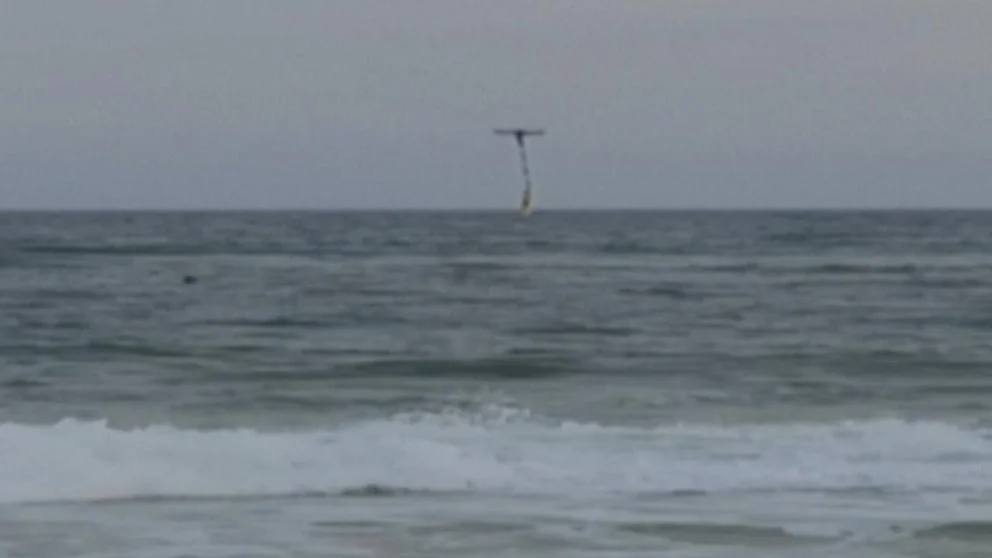
When a Drone Turns Hero: How Quick Thinking Saved a Life at Sea
In a heart-stopping moment off the shores of Florida, everyday ingenuity transformed into lifesaving heroism. On a seemingly routine evening, a shark fisherman's drone became the unlikely savior for a teenage girl caught in a perilous rip current. This event not only highlights the power of technology in emergencies but also underscores the importance of beach safety in an era of unpredictable natural forces.
The story unfolded on May 15 at Pensacola Beach, where Andrew Smith, a Florida man with a passion for shark fishing, made a split-second decision that changed everything. Smith, who suffers from a seizure disorder preventing him from swimming, was preparing for a fishing trip when panic erupted nearby. A teenage girl was being pulled away by a strong rip current, her friend desperately seeking help on the shore. With no one able to enter the water, Smith turned to his drone—a tool he typically used for bait placement during shark fishing.

Smith's first attempt was fraught with tension. Battling high winds, he released a flotation device too early, missing the target and heightening the stakes. "I was shaking pretty badly," Smith later recalled in an interview with CBS12. "It was nerve-wracking—I almost cried." Undeterred, he secured another device from a bystander and tried again, this time lowering the drone more carefully. As the girl reached up, Smith released the device perfectly. She grabbed it, climbed on, and began floating to safety. First responders arrived shortly after, confirming that without this intervention, the outcome could have been tragic.
This rescue exemplifies the intersection of technology and human compassion. Drones, often associated with recreational or professional uses like Smith's shark fishing, are proving invaluable in emergency situations. Robert Nay, a witness who filmed the event, described it as unprecedented: "I had never seen anything like that in my life. The young girl was losing steam very fast, and [Smith] is a true hero." The girl's father echoed this sentiment, calling Smith his "guardian angel." Experts note that rip currents, a common environmental hazard, claim lives annually, making Smith's use of accessible tech a model for future responses.
Comparing this to traditional rescues, which often rely on swimmers or boats, Smith's method was faster and safer, especially given his condition. It's a reminder of how innovations can bridge gaps in public safety, particularly in areas without lifeguards, as was the case here before Memorial Day. Smith himself emphasized the need for awareness of beach flag systems, which warned of dangerous conditions that day.
In the end, this incident not only saved a life but also sparked conversations about integrating drones into emergency protocols. As Smith shared, local EMS expressed interest in adopting similar technology. This story serves as a powerful testament to quick thinking and community spirit in the face of nature's challenges.
As we reflect on this remarkable event, it raises questions about how technology can further enhance safety in everyday environments. What other tools might we adapt for emergencies? We invite you to share your thoughts in the comments below—have you witnessed or experienced a similar act of heroism? Your insights could inspire others and spark important discussions on beach safety and innovation.